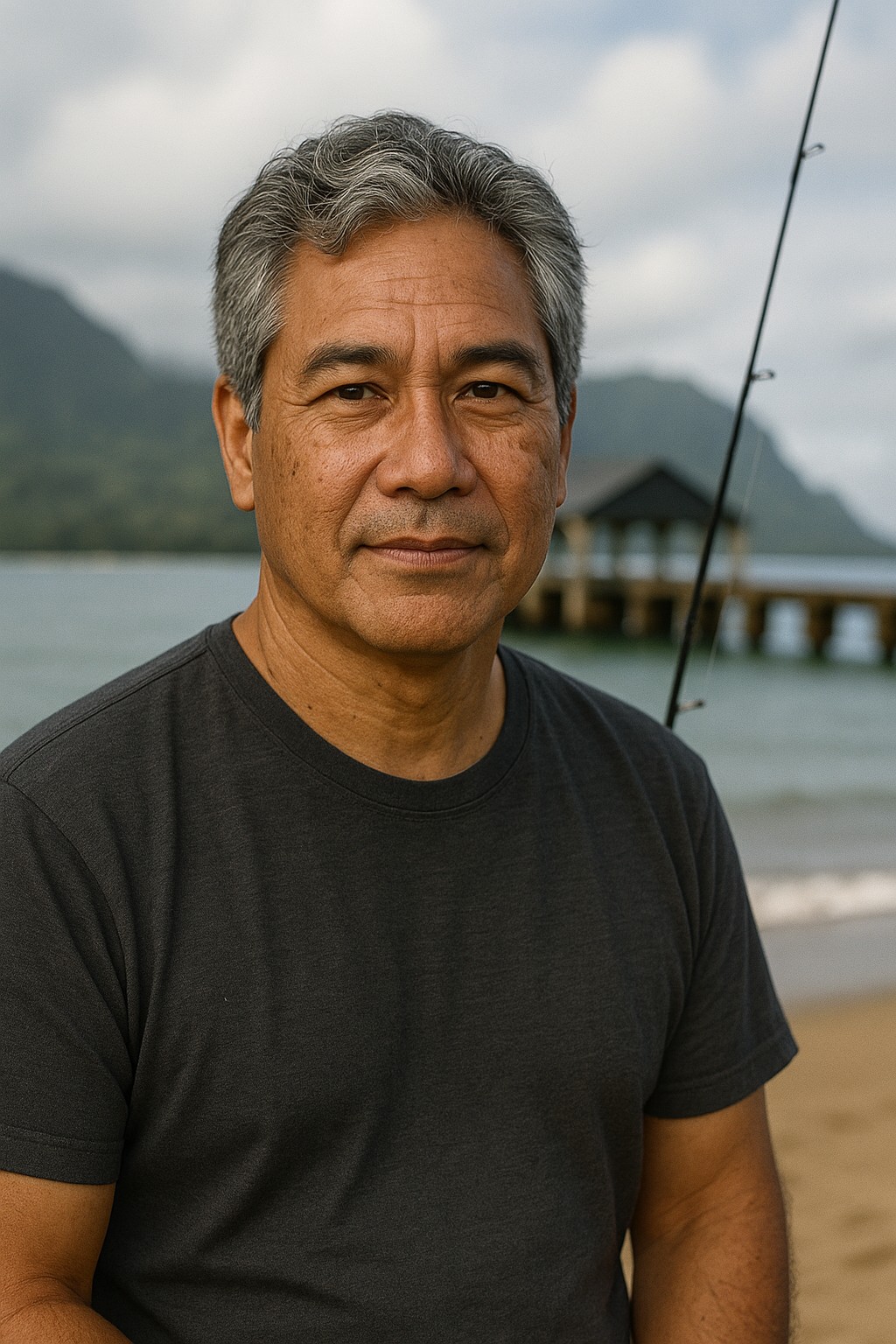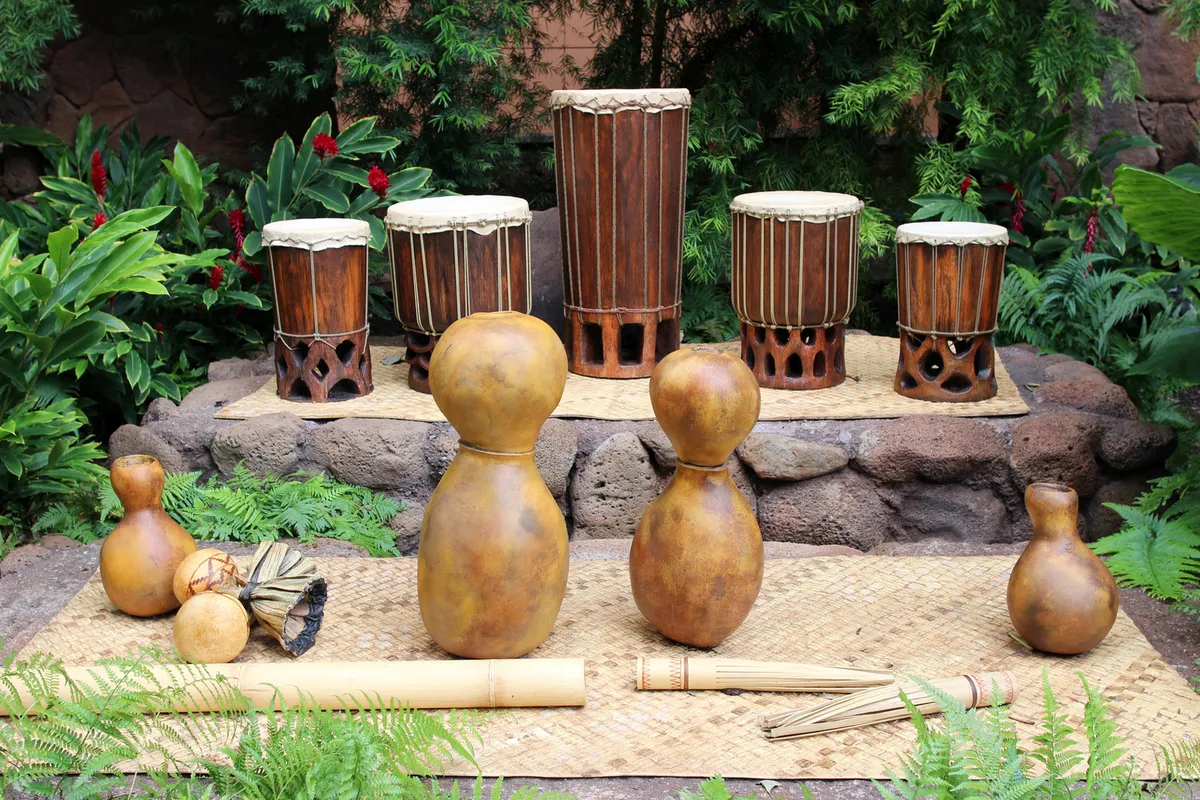
The Voice of Resistance
When Music Becomes Weapon and Shield

Written by a Cultural Expert
Kalani MillerSongs That Refuse to Be Silenced

Hawaiian music has never been just entertainment. For over a century, it's been our way to grieve, resist, and demand justice. Our songs carry the weight of our struggles and the strength of our survival.
"Kaulana Nā Pua" (1893) - The Stone-Eating Song
Ellen Kekoaohiwaikalani Wright Prendergast wrote this song to honor the Royal Hawaiian Band members who refused to sign loyalty oaths to the illegal government that overthrew Queen Liliʻuokalani. They declared they would rather ʻai pōhaku (eat stones) than betray their queen.
This song didn't stay in 1893. I've heard it sung at every major sovereignty protest in my lifetime. At Kahoʻolawe. At Mauna Kea. At Sherwood Forest. It's the sound of aloha ʻāina - love for the land - refusing to be quiet.
"Kaulana nā pua aʻo Hawaiʻi / Kūpaʻa mahope o ka ʻāina"
Famous are the children of Hawaiʻi / Ever loyal to the land
"Hawaiʻi Aloha" - The People's Anthem
While "Hawaiʻi Ponoʻī" is our official state song, "Hawaiʻi Aloha" has become the anthem of the people. Written by missionary Lorenzo Lyons, it expresses a deep, unifying love for our land and community.
When this song begins at any gathering, everyone stands. Hands join. Voices unite. For those few minutes, we become one people with one heart, connected to each other and to the ʻāina that sustains us all.
🎵 "Kaulana Nā Pua"
The eternal protest song - from 1893 overthrow to modern sovereignty movements.
🏝️ "Hawaiʻi Aloha"
The people's anthem that unites voices across all gatherings.
👑 "The Queen's Prayer"
Resistance through forgiveness - Queen Liliʻuokalani's moral authority.
🌺 "Kuʻu Pua I Paoakalani"
Covert communication through flower symbolism during imprisonment.
"The Queen's Prayer" - Resistance Through Forgiveness
Queen Liliʻuokalani composed this song while imprisoned in her own palace after the overthrow. It embodies the nahenahe aesthetic - soft, sweet, melodious - but don't mistake gentleness for weakness.
The song acknowledges deep wrongs but chooses forgiveness over vengeance. "E hoʻomaʻemaʻe i ka hewa / A e mālama ʻia mākou" (Cleanse our sins / And take care of us). This wasn't submission. It was the Queen asserting a moral authority her captors could never imprison.
She also used compositions like "Kuʻu Pua I Paoakalani" for covert communication, embedding secret messages in lyrics about flowers that were delivered wrapped in newspapers.
Continue Your Musical Journey
Explore more aspects of Hawaiian music history and cultural significance.
🎵 Resistance Songs
- Kaulana Nā Pua: 1893
- Queen's Prayer: 1895
- Hawaiʻi Aloha: 1870s
- Hawaiʻi '78: 1990s
✊ Music at Protests
- Kahoʻolawe
- Mauna Kea
- Sherwood Forest
- Sovereignty marches
👑 Queen Liliʻuokalani
Composed during reign
Hidden in flower lyrics
Most famous composition
Modern Voices of Resistance
I saw this power firsthand during the protests at Sherwood Forest in Waimanalo. Activists chanted mele pule to protect iwi kūpuna - ancestral remains - from development. Their voices rose above the construction noise, claiming sacred space with the same authority their ancestors used centuries ago.
Israel "IZ" Kamakawiwoʻole: More Than Sweet Melodies
The world knows IZ for his gentle medley of "Somewhere Over the Rainbow/What a Wonderful World." But he was much more than a sweet voice. He was a powerful advocate for Hawaiian rights and independence.
His song "Hawaiʻi '78" imagines our ancient royalty returning to see modern Hawaiʻi. "Could you just imagine they came back / And saw traffic lights and railroad tracks / How would they feel about this modern city life?" The song mourns what we've lost and questions what we call progress.
The song ends with the haunting line, "Ua mau ke ea o ka ʻāina i ka pono ʻole" (The life of the land is perpetuated in unrighteousness), a sorrowful inversion of our state motto.
IZ often ended concerts by declaring, "My name is Israel Kamakawiwoʻole, I am Hawaiian." For one of the few remaining full-blooded Hawaiians, this was both pride and protest.
Jawaiian and Na Mele Paleoleo: New Forms, Ancient Spirits
Bob Marley's 1979 concert in Waikīkī planted seeds that grew into a whole new sound. Reggae's themes of post-colonial struggle and cultural pride resonated deeply with Hawaiian realities. Artists like Bruddah Waltah, Fiji, and The Manaʻo Company created "Jawaiian" - a reggae-influenced sound that speaks to local experiences.
Groups like Sudden Rush blend reggae with hip hop, creating what Hawaiians call na mele paleoleo. Their song "Ea" - meaning sovereignty, life, and breath - is an unapologetic call for self-determination. The spirit of resistance adapts to new forms while keeping its revolutionary heart.